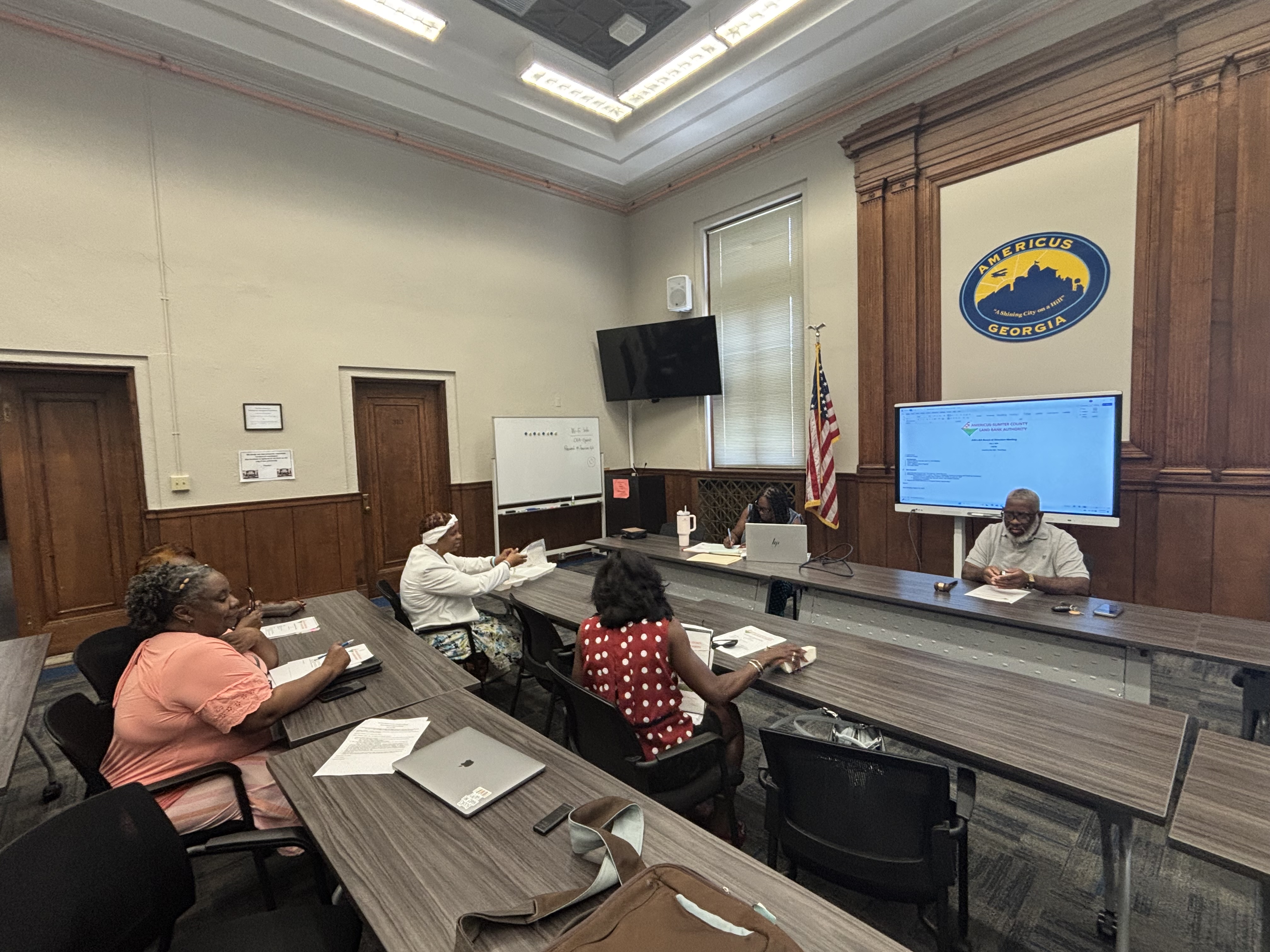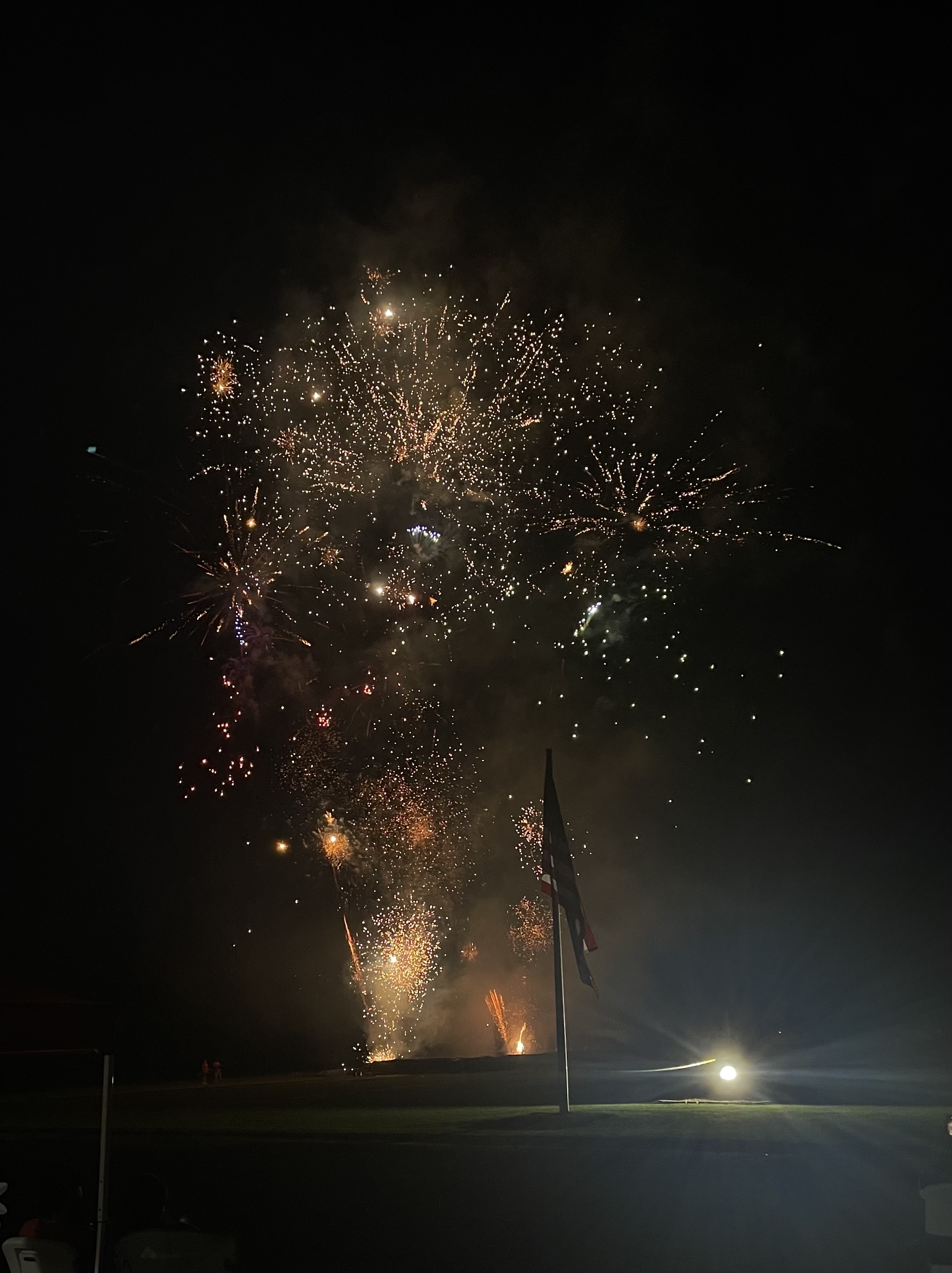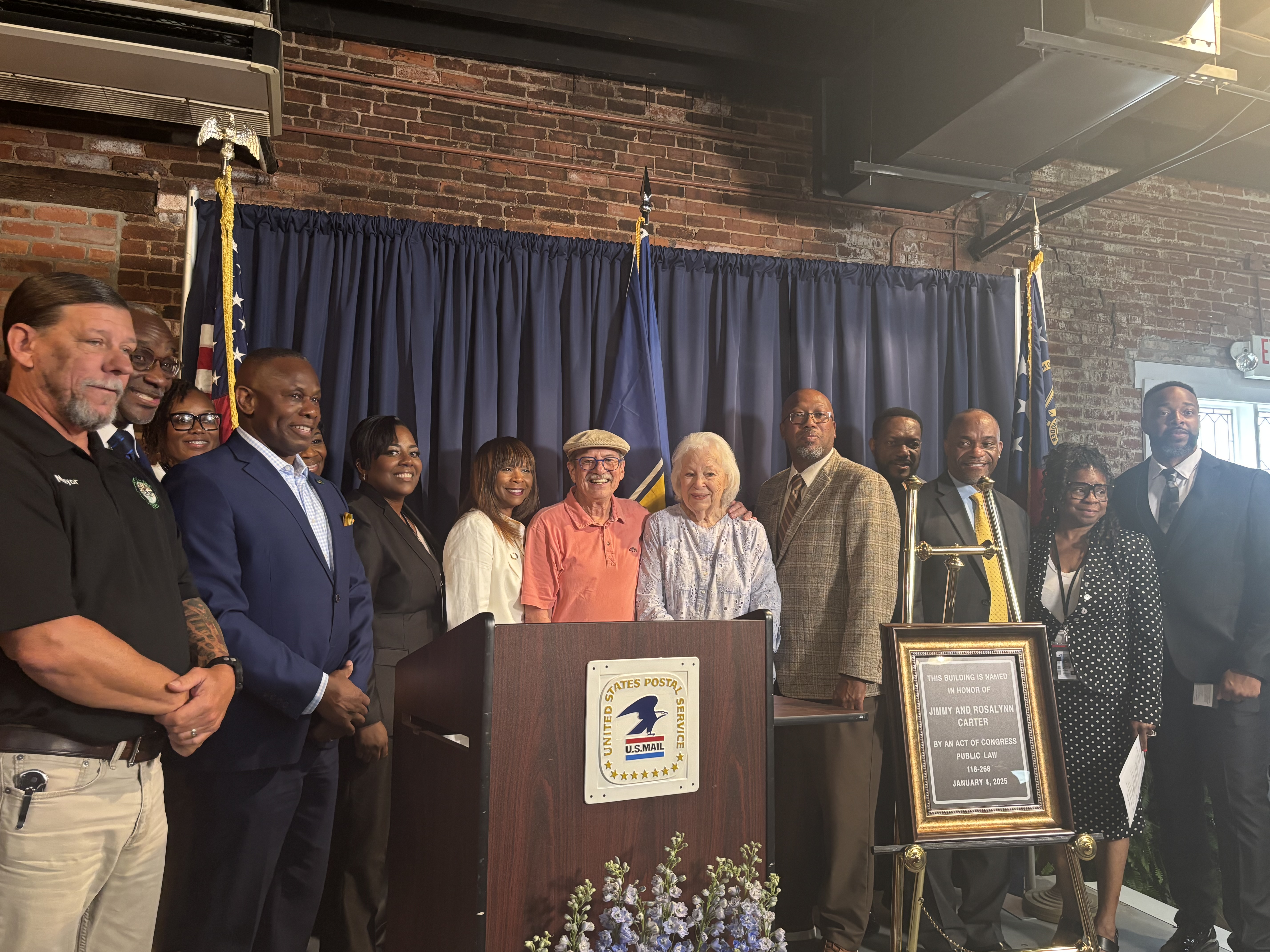Bill Starr: Beautiful turf requires planning, hard work
Published 6:30 pm Monday, April 27, 2015
A couple of weeks ago there was a little golf tournament in our state you might have heard of: The Masters! If you have ever watched the Masters you know how nice and weed-free the turf is; the grounds there are absolutely immaculate. I am sure that beautiful grass just happened all by itself without any management or work being done to make it picture perfect.
Well, we all know that isn’t true, if you see a beautiful, green weed-free lawn, you can rest assured that a lot of effort went into making the turf look that way. An attractive lawn makes an ideal setting for a home and adds beauty to an area. In addition, a lawn reduces dust, glare and heat, muffles noise, helps prevent erosion and surface runoff and provides a good play area. It can also increase the value of your property.
Establishing and maintaining an attractive lawn requires time, effort and money. After a lawn has been established, its appearance depends on a sound maintenance program. Constant care is usually necessary to maintain an attractive turf. An effective maintenance program involves fertilization, watering, mowing and cultivation. No one practice is more important than another because these practices are interrelated and necessary to obtain an attractive, healthy turf.
Trending
One of the first considerations when establishing a new turf grass area is the selection of the species and variety to be used. Proper selection of the turf grass species will often determine the success or failure of the turf grass stand. A lot of the turf problems that I see is the wrong type of turf for the environment the turf is growing in. For example, if your place has a lot of shade and you have Bermuda grass, the grass is not likely to flourish well in that environment.
Selecting the correct turf grass isn’t as simple as saying I want to plant x-type of grass and spread some seed. Planting the correct grass for your home requires some planning. An attractive lawn makes an ideal setting for a home and adds beauty to an area. Perhaps the most important factor in developing and maintaining an attractive and problem-free lawn is to choose a grass that is adapted to our area and has the qualities you desire. We have many warm season grasses that do well in our area. Warm season grasses grow best during the warm months (80 to 90 degrees F.) of spring, summer and early fall. They grow vigorously during this time and become brown and dormant in the winter. Bermuda grasses: All Bermudas thrive in hot weather but perform poorly in shade. Bermuda grasses spread so rapidly by both above- and below-ground runners that they are difficult to control around flower beds, walks and borders. Bermudas, if fertilized adequately, can require frequent mowing.
Common Bermuda grass is drought resistant, grows on many soils, and makes a good turf if fertilized and mowed right. Common Bermuda is frequently used for home lawns due to the ease and economy of establishment. Common Bermuda may be planted from either seed or sprigs and with proper management will provide a high quality turf.
However, the newer hybrid Bermudas are generally far superior. Hybrid Bermuda grasses, compared with common Bermudas, have more disease resistance, greater turf density, better weed resistance, fewer seed heads, finer and softer texture and more favorable color. They also produce no viable seed and must be planted by vegetative means. There are several hybrids available each with their own particular characteristics, with Tifton 419 being the most common and popular.
Centipede grass is probably one of the most popular turf grasses for our part of the state. Centipede is a low, medium-textured, slow-growing but aggressive grass that can produce a dense, attractive weed-free turf. It is more shade tolerant than Bermuda grass but less shade tolerant than St. Augustine and Zoysia grass. Centipede does not require much fertilizer or mowing, and compared to other lawn grasses, is generally resistant to most insects and diseases. Centipede can be established form either seed or sprigs. Since it is slow growing, it takes longer than Bermuda and St. Augustine to completely cover.
Several species and/or cultivars of Zoysia grasses are available in Georgia. For the best appearance most Zoysias require cutting with a reel mower, periodic de-thatching and more frequent irrigation than other warm season turf grasses. Zoysia is established from live plant material such as sod, plugs or sprigs. Zoysia grasses form a dense, attractive turf in full sun and partial shade, but may thin out in dense shade.
Trending
Compared to finer textured grasses like Bermudas, St. Augustine has large, flat stems and broad coarse leaves. It has an attractive deep green color and forms a deep, fairly dense, turf. St. Augustine produces only a few, viable seed and is commonly planted by vegetative means. St. Augustine is one of the most shade tolerant, warm season grasses we have available. St. Augustine is a wonderful grass for our area, and perhaps the greatest disadvantage of this grass is its sensitivity to the chinch bug. While insecticides can control this insect, frequent applications are required.
An attractive lawn does not happen by itself; it takes a lot of work. So if you want your yard to look like the Masters in Augusta, be prepared to spend some time, effort and money.
Bill Starr is Sumter County Extension agent/coordinator/University of Georgia Cooperative Extension Service. Contact him at 229-924-4476.






